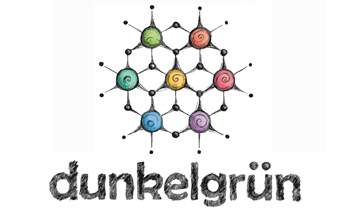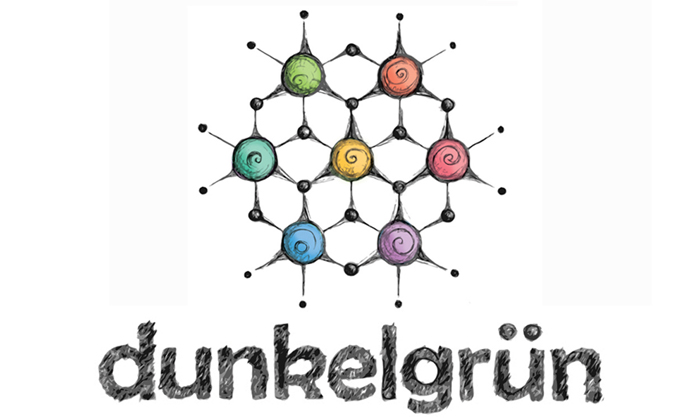classic sock
75% superwash merino wool (24 my)
25% polyamide
100 grams – 420 m / 460 yds
fingering weight
needle size: 2.0 – 3.5 mm (US 0 – 4)
as the name says – the classic sock yarn. it is a strong, puffy 4ply yarn which knits up into a fabric with great stitch definition and durability. not only socks but also other accessories or garments out of this yarn will make you warm and happy for many years!
organic merino dk
100% superwash merino wool (19 my)
GOTS certified organic, mulesing free bluesign® certified production
100 grams – 240 m / 262 yds
DK weight
needle size: 3.5 – 4.5mm (US 4 – 7)
if you have ever touched 19 micron fine merino fiber, you know what this is about. it’s one of the softest luxuries to be found in the world of sheep wool and knits up into warm and cuddly fabrics that are next-to-skin soft even for sensitive people.
but that’s not all! this yarn is much more – the merino wool is organic, guaranteed mulesing free, and the whole production process is bluesign® certified. this certificate strongly controls the use of hazardous chemicals and ensures an eco-friendly product.
how is “traditional” superwash yarn produced?
the traditional superwash treatment is called the hercosett treatment. it involves chlorinated chemicals which remove the scales from the wool fibers. then the fibers are coated in a polymer resin – this makes them resistant to felting, but also many of their natural characteristics, like hydrophobicity, are lost. additionally, the chlorinated chemicals used in the production are bad for the environment and all modern chemical processes should aim at avoiding them.
how is the bluesign®-certified superwash treatment different?
the bluesign® certificate guarantees that no chlorinated chemicals are used. in an alternative process, the scales are made soft by oxidation. like this, the fibers can retain most of their natural hydrophobic properties while at the same time becoming more resistant to felting and pilling.
Read the FAQ for more info about my handdyed yarns.






